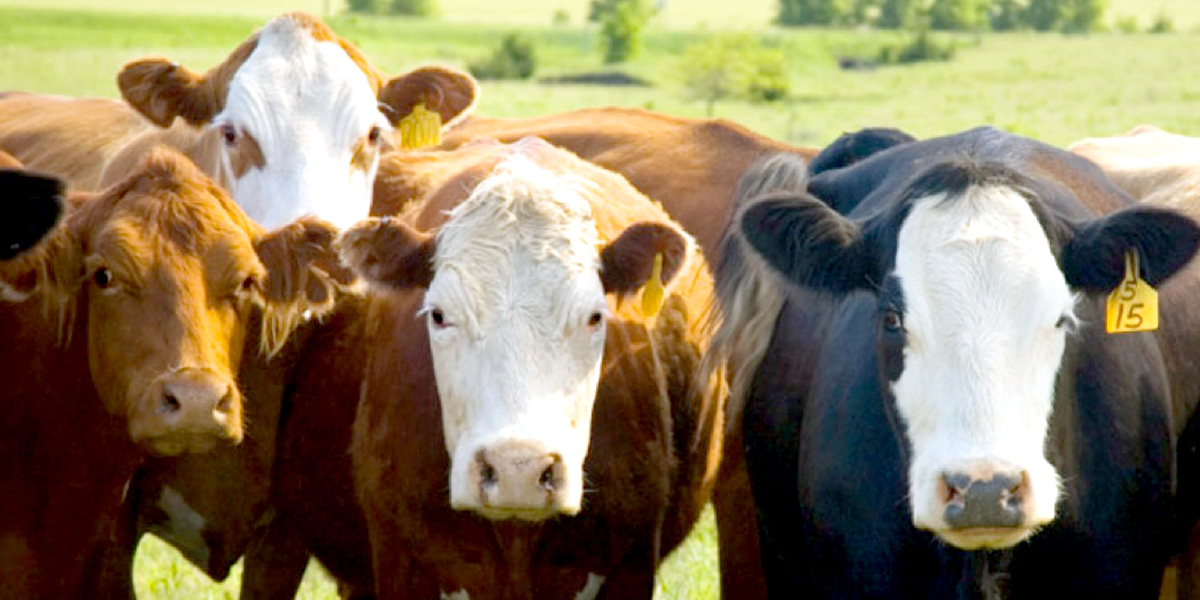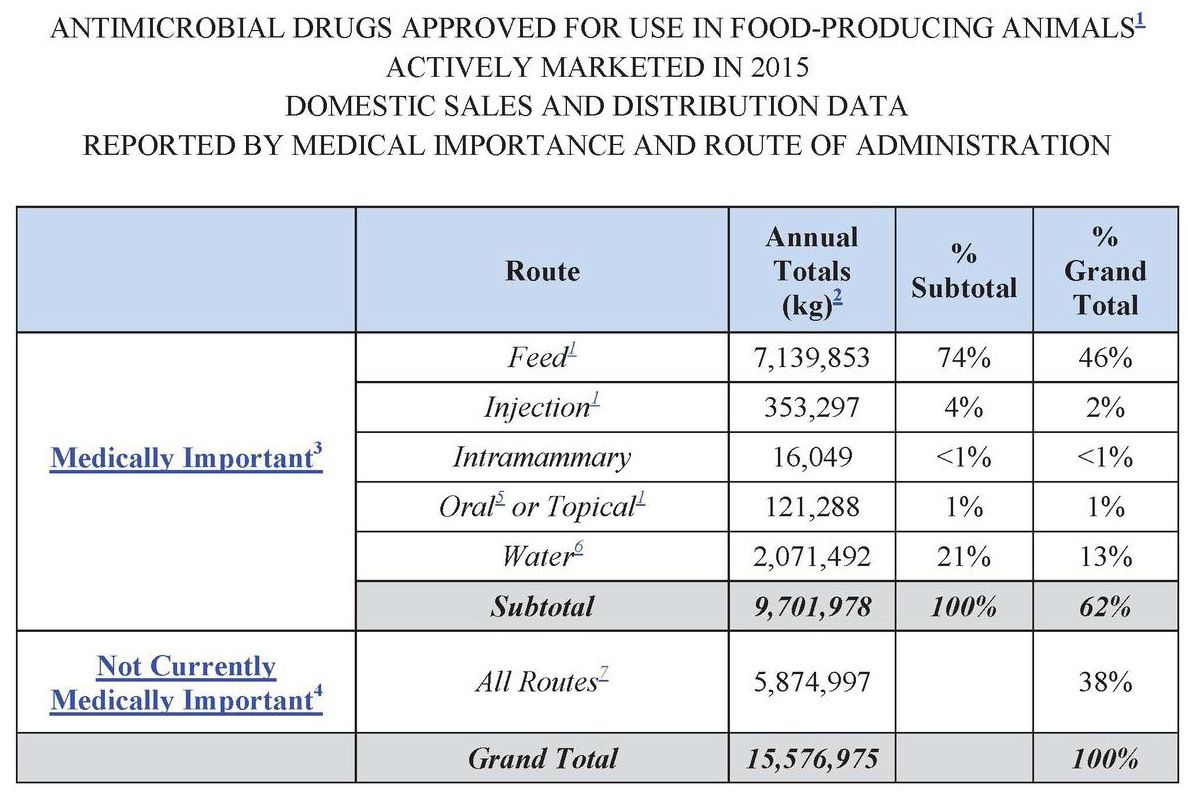
Sales of Antibiotics for Livestock Surges Despite Industry Pledges to Cut Back

Scientists and regulators have sounded the alarm linking the overuse of antibiotics in livestock production with helping to increase the creation and spread of antibiotic resistant infections. Three years ago, as a result, the U.S. Food and Drug Administration (FDA) launched a voluntary program seeking to curb some livestock drug uses. But the widespread use of these antibiotics seems to continue as before.
Antibiotic Resistant Infections Kill 23,000 Americans Each Year, Sicken 2 Million https://t.co/cmWhdMiFpF @NRDC @Earthjustice @TEDxManhattan
— EcoWatch (@EcoWatch) December 6, 2016
On Thursday, the latest FDA figures on antibiotics sold for use in meat and poultry production came out. The news is not good. Sales just keep rising. Against the backdrop of a crisis in now untreatable or nearly untreatable infections, this report further underscores how urgently we need more and stronger government action to address the ongoing overuse of the drugs in livestock.
Sales of medically important antibiotics—including penicillins, cephalosporins, tetracyclines and erythromycins, to name a few—for livestock were up 2 percent over 2014, and up 26 percent overall from 2009 through 2015. An overwhelming 95 percent of human antibiotics were sold as additives to animal feed and drinking water—routes of delivery that are typical of growth promotion or disease prevention.
More than 21.3 million pounds of medically-important drugs were sold for use in livestock last year. By comparison, the FDA reports that in 2011 (the last year for which it has such data, apparently) a bit more than 7.2 million pounds of antibiotics were sold for use in human medicine. In other words, just under 70 percent of all medically important antibiotics in the U.S. are sold for use in animals, not people. In 2015, 97 percent of all medically important antibiotic sales for livestock or poultry were over-the-counter, meaning they were sold without a prescription and typically without any oversight by a veterinarian.
It remains unclear how effective FDA’s current voluntary efforts will be to reduce the routine use of antibiotics in livestock and poultry production. While livestock antibiotics will no longer carry a label that says they can be used for growth promotion, many of these same products will continue to be approved for routine use in the same manner and similar dosages for the purpose of disease prevention. The pharmaceutical industry has consistently claimed that “growth promotion” constitutes no more than 10 percent of antibiotic use in livestock and poultry. The Natural Resources Defense Council believes that the use of antibiotics in animal feed or water under a “disease prevention” claim constitutes the vast majority of all antibiotic use.
Two million Americans already suffer from drug-resistant infections every year and more than 23,000 die as a result, according to the Center for Disease Control and Prevention. My New Year’s resolution would be for antibiotics to be used differently in the future, especially in livestock production. One might have thought sales figures would already be dropping, since every food animal sector claims they’re using fewer antibiotics and only when medically justified. But the FDA’s actual data suggest otherwise.
David Wallinga is the senior health officer at the Natural Resources Defense Council.

 233k
233k  41k
41k  Subscribe
Subscribe 
